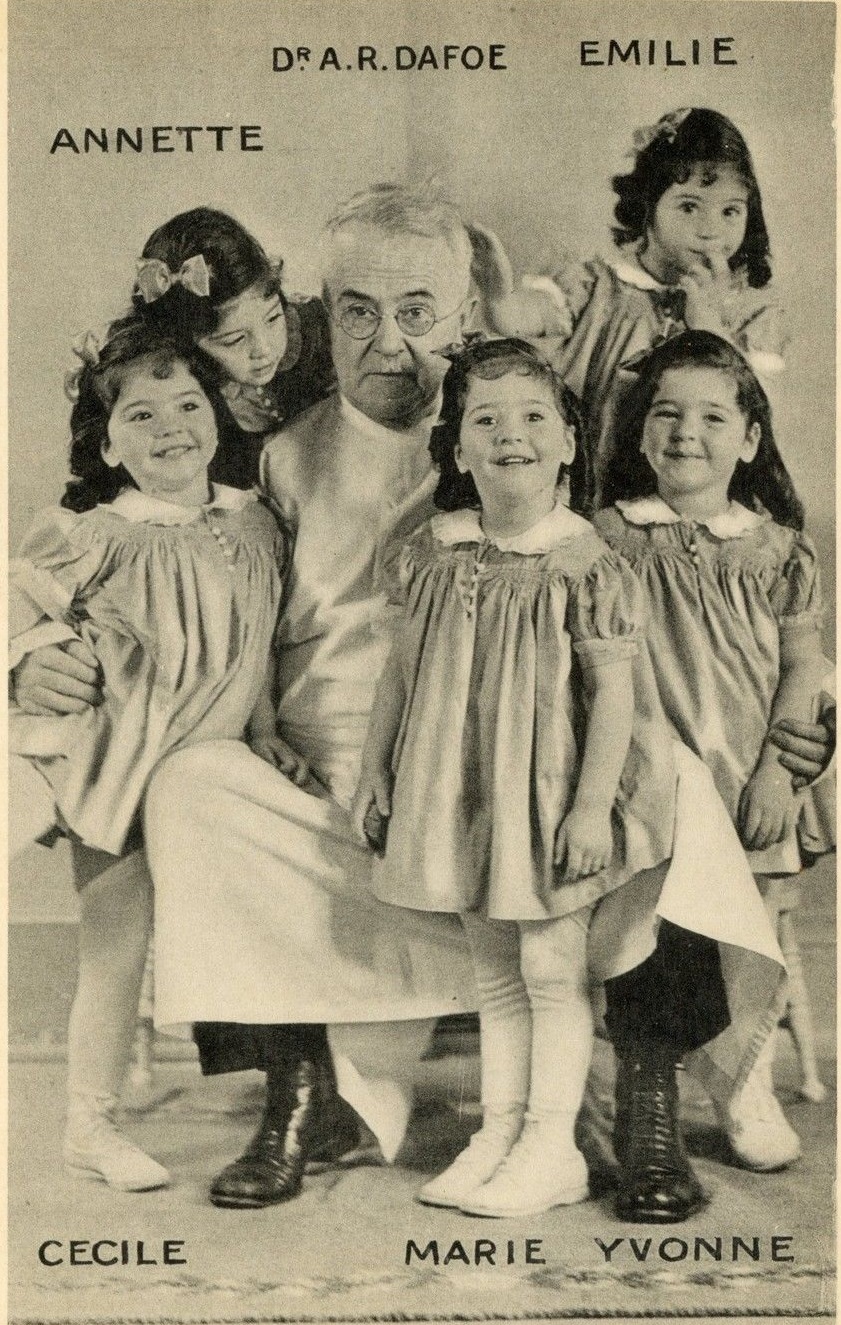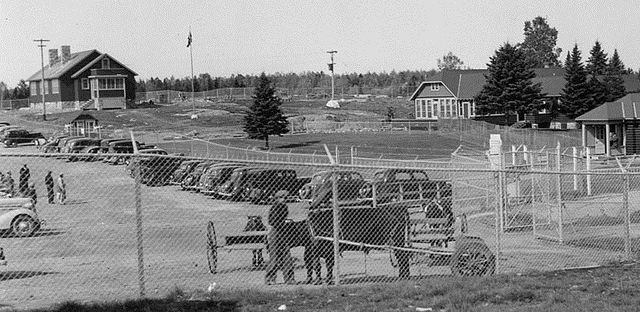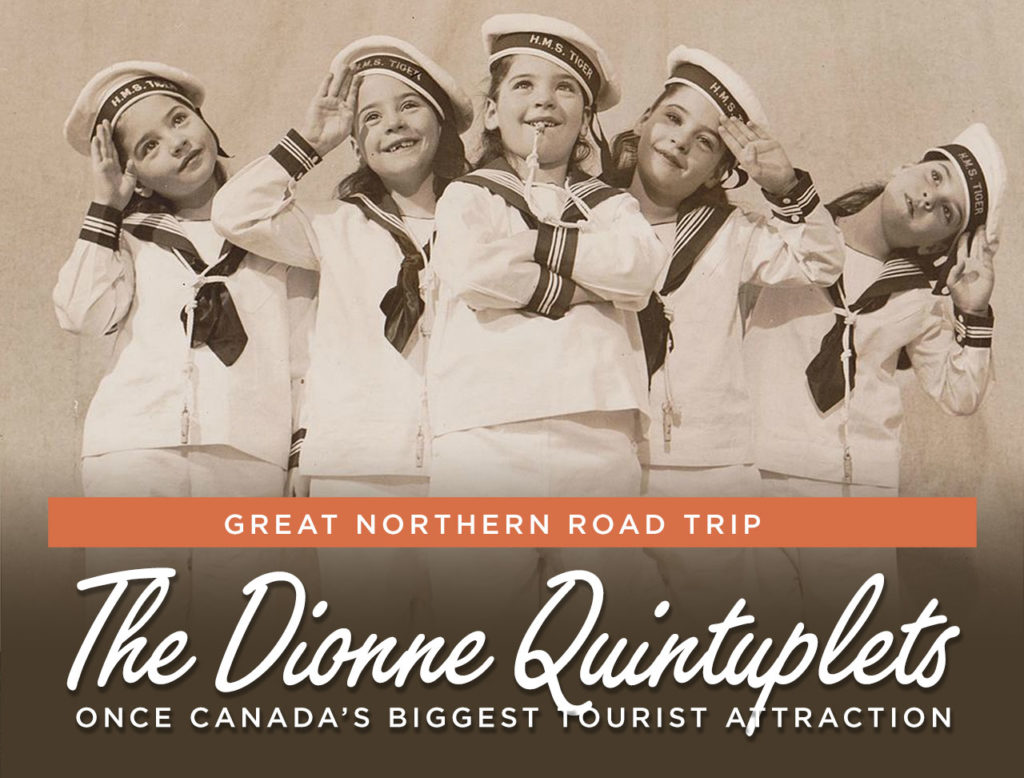The Dionne Quintuplets
In 1934, during the depths of the Great Depression, in a small house deep in the wilds of north Ontario, five baby girls were born to the Dionnes, a poor rural family. The fact that all the babies—Annette, Cécile, Yvonne, Marie, and Émilie—were born healthy despite being two months premature is noteworthy enough, but what happened in later years verges on the incredible. The babies were cared for at home for the difficult first weeks, but after that, the Ontario government took the infants away from their destitute family.

Across from the family home, the government built a zoo-like environment called Quintland, and raised them in public—selling tickets for three shows daily and effectively doing everything possible to keep them from having a normal childhood. At age five (of course) they were introduced to the king and queen of England and later appeared in movies and “wrote” their own autobiography, We Were Five. The quints also did product endorsements, promoting soap, toothpaste, cereal, and Carnation milk. During the 1930s, the quintuplets were Canada’s number-one tourist attraction—bigger than Niagara Falls, it was said—and by the time they turned 10 years old they had been visited by more than three million people.
After a long and bitter custody battle, the girls were eventually returned to their parents and faded from the public eye. The Ontario government, which earned an estimated half billion marketing the Quints, paid the surviving three girls a settlement of $4 million in 1998. The house where they were born has been moved from Corbeil to North Bay, where it had been rebuilt as the Dionne Quintuplets Museum and filled with toys, dresses, baby carriages, and photographs that trace their youthful fame. The museum has since closed, and in late 2017, the house was moved a second time. A tentative date has been set for the building to reopen in August of 2018.














